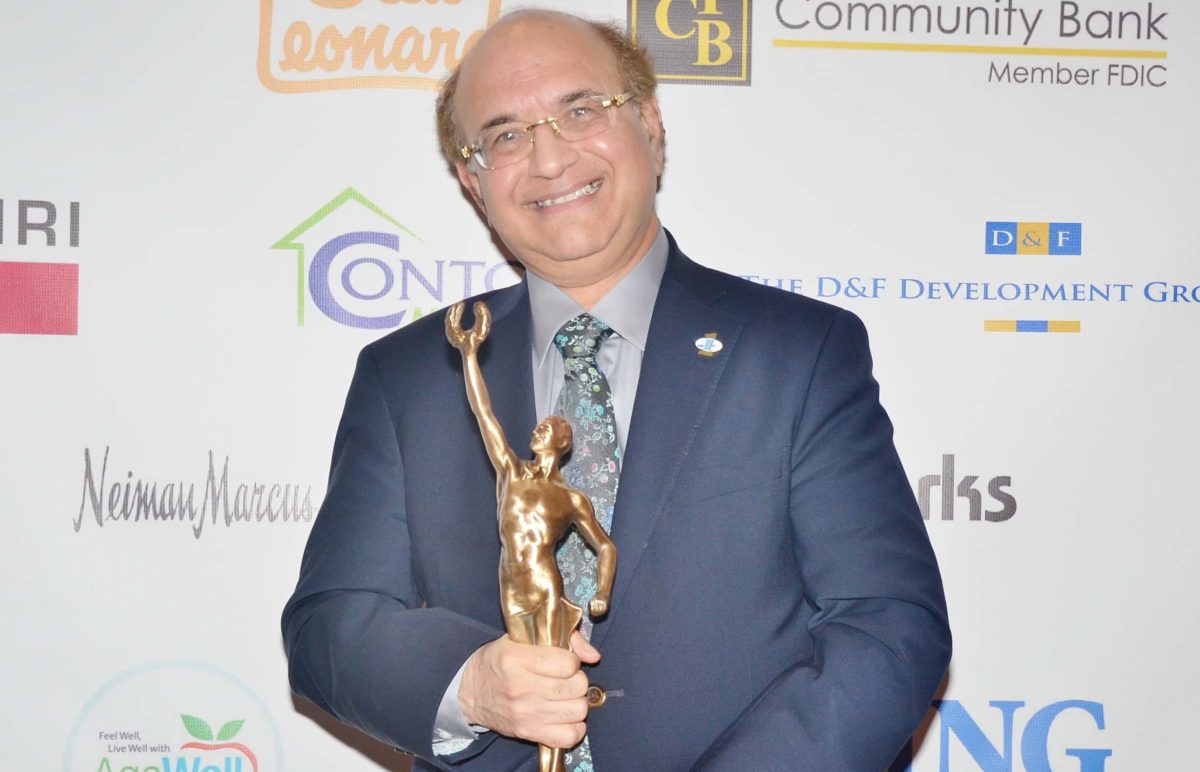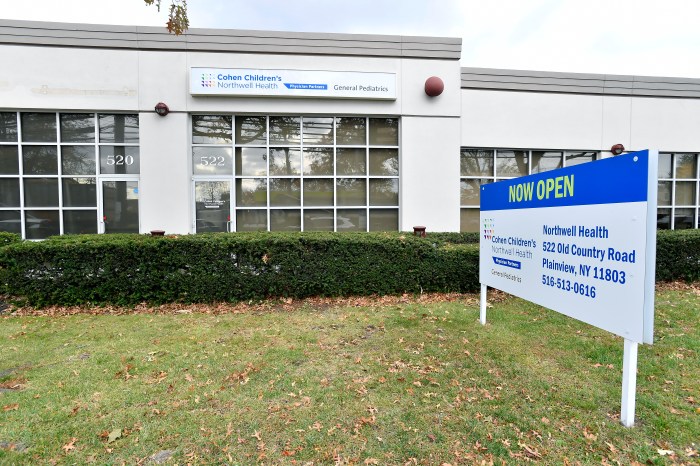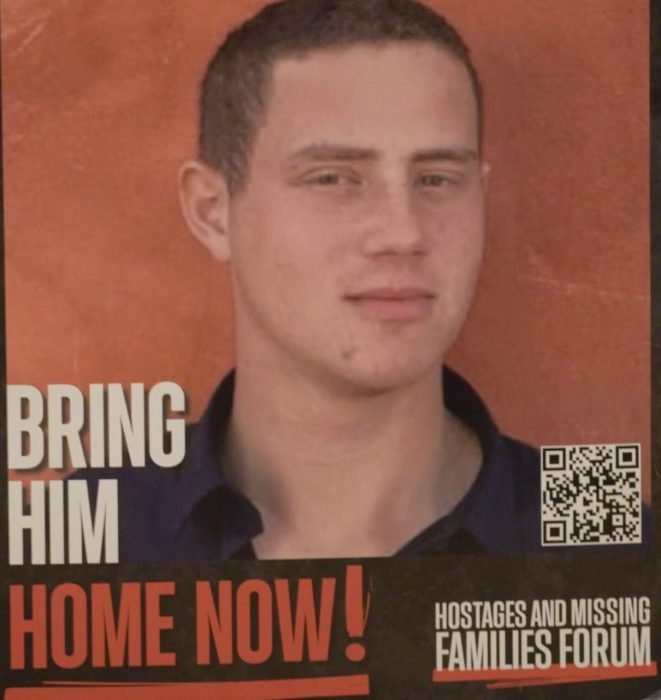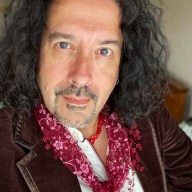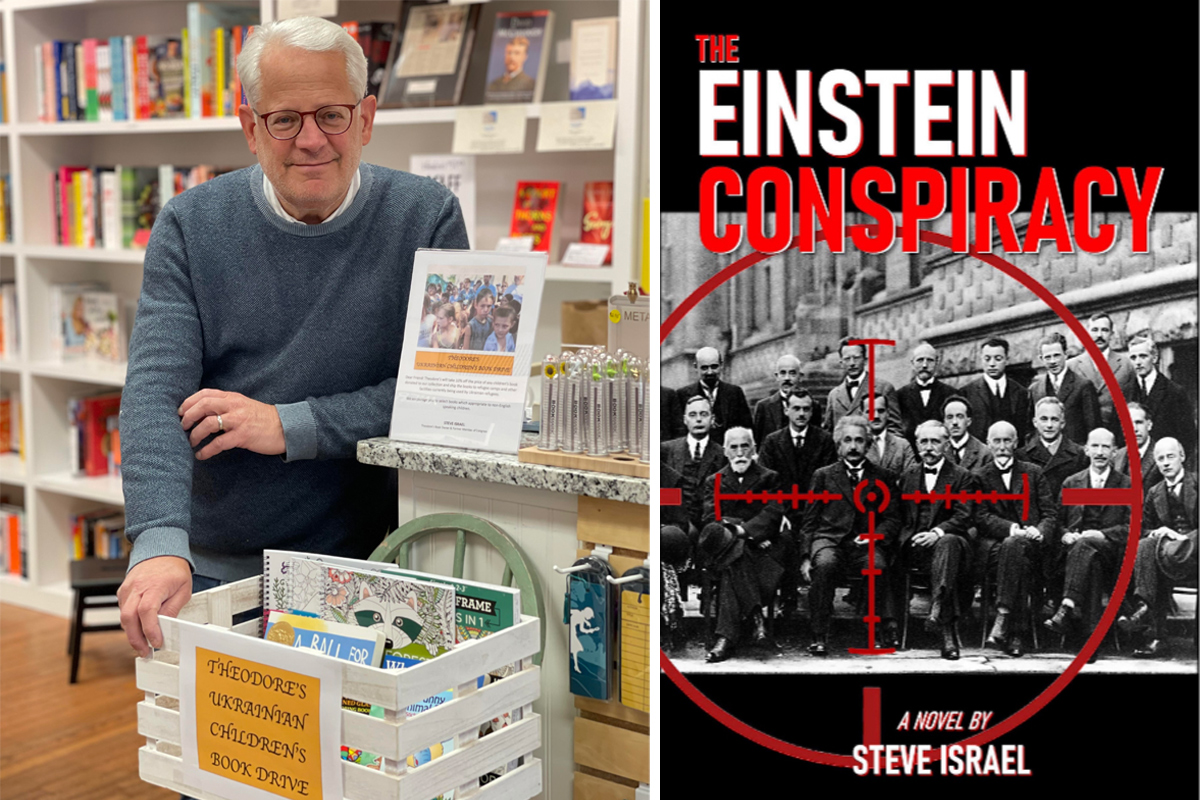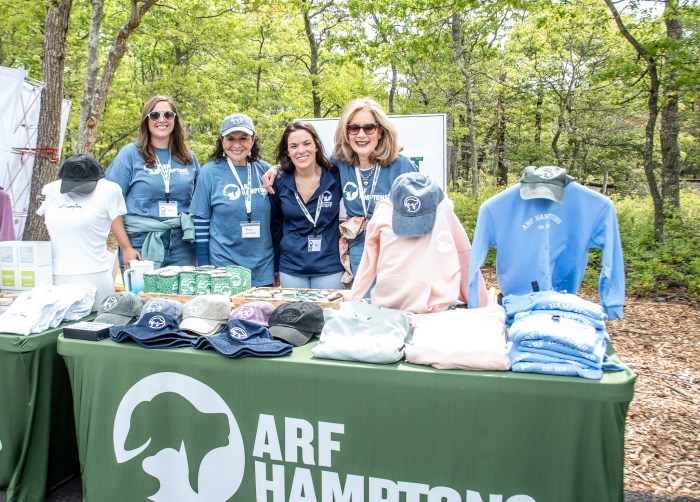When he came to the United States from India in 1978, Raj Mehta knew he had to make money, so he took a minimum-wage job in the Washington, D.C. suburbs before earning a computer science degree from the University of Maryland. He would soon start his own company, Infosys International in Plainview, now Raj Technologies, with just a single computer and a determination to succeed.
Your company was known as Infosys International for some 30 years. Now it’s Raj Technologies Inc. What happened? We had to reach a settlement with a big company, Infosystems of India. We had to change our name. There was no way we could fight a $12 billion company.
Was the name change difficult for you? It was definitely a lot of work. People know who we are. We have contracts with federal and state governments. I have worked hard for over 30 years and I’ve been using this name all of that time. It’s going to take some people time to adjust. All of our contracts had to be renamed, with the new name. But I also like Raj Technologies.
Why did this big company do this now? We asked this question. They said, “So what? We came after you when we did.”
What does Raj Technologies actually do? We are an information-technology company and we work primarily in the public sector and for Fortune 500 companies. What we do all depends on what the client wants. They may want to change their finance systems, or their HR systems. This means they have to change their software. So we go out and do an analysis. We implement the solutions they want.
Is the company profitable? We are a privately held company so we don’t disclose those figures. But we are a healthy company with an excellent reputation.
When did you come to this country? In 1978, from India. I first went to Maryland. I knew I had to make money so I got a job as an accounting clerk in Maryland. I was making minimum wage, about $5 an hour.
What happened next? I went to the University of Maryland and studied computer science. I already had two bachelor’s degrees in India. After I graduated Maryland, I joined Sperry Corp. in Virginia, working on NASA programs. I worked on a lot of different government programs, including for the U.S. Air Force. I went out and made the customer happy.
How was the business started? I started the business in 1986. I had four years of savings. If I didn’t make money for four years, it wouldn’t have mattered.
How much were start-up costs? I just had to buy a computer for myself. I spent my time going out getting clients. At that time, if somebody offered me $500 I would do their job. You need to grow. You want to establish yourself. Money isn’t important. I would just say, “Give me the work.”
When did the company start to grow? I would say in the early 1990s. Until then, I had only one or two people. [Business reports say the company now has 65 employees.] But we remain basically a small, minority-owned company.
Are you finding it hard to hire qualified people in this strong economy? It is always hard to find the right people to match your culture. We are very family oriented here. We don’t have set things for people to do. Nobody says, “That’s not my job.” When we hire people, we don’t expect them to know everything. But we do expect them to find the answer to things.
You operate a television production studio that broadcasts your own show. Why? I started this six years ago. It’s a public service from me. I help a lot of people. I was thinking, “How can I help more people?” By having my own show I can give people knowledge. I interview government officials, political figures. I once interviewed a cardiac surgeon. He described the operating room. That was important for people to know.
What keeps you up at night? I think of whatever happened that day. I say, “Okay, this or that happened. Let’s move on.” Then I sleep well.




